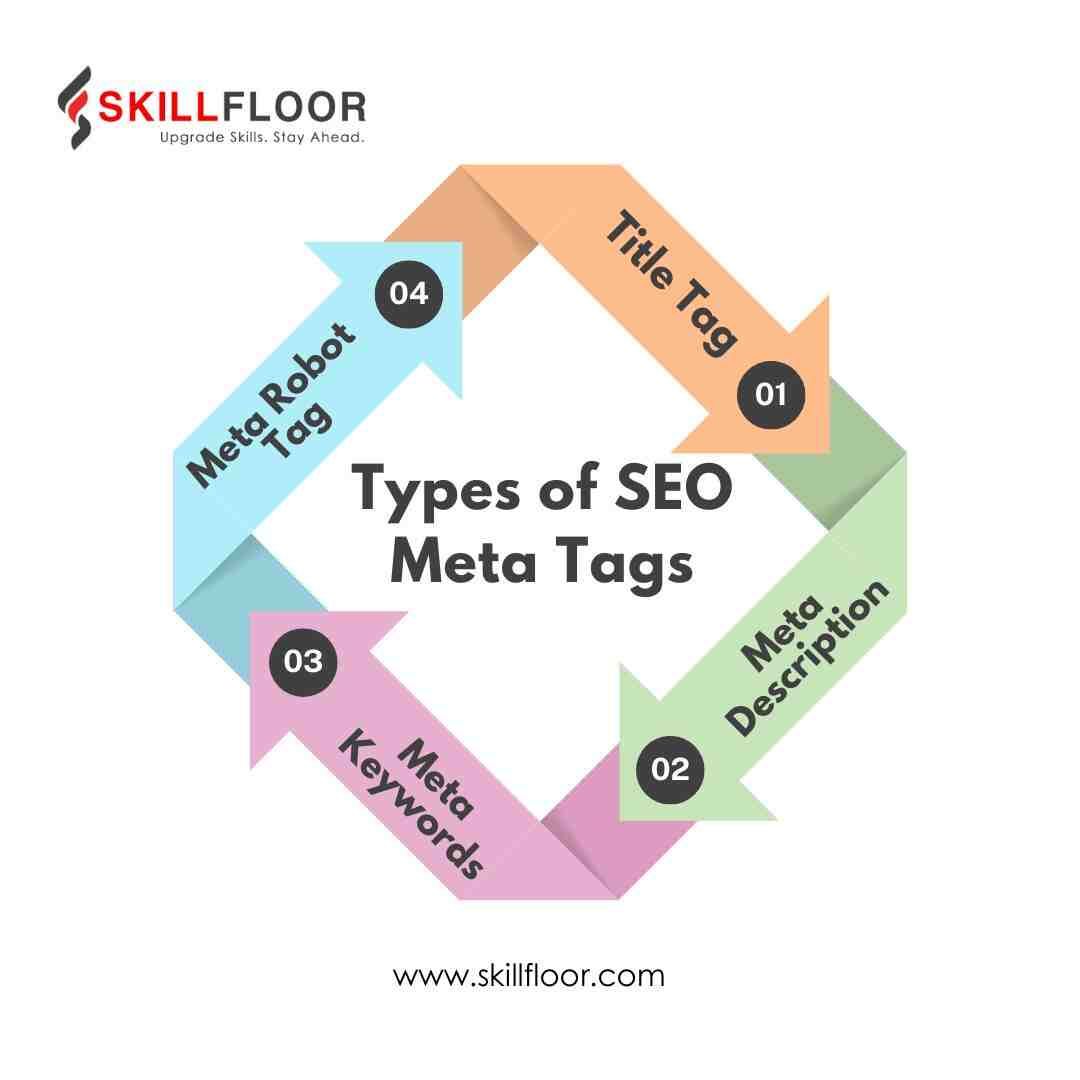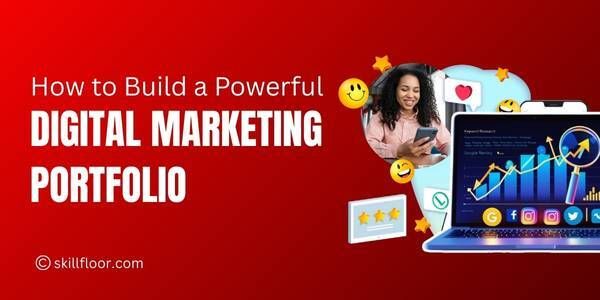SEO Meta Tag, What They Are & How to Use Them
Discover what SEO meta tags are and how to use them effectively to boost your website's visibility and ranking on search engine results pages (SERPs).

Hey, there! If you've ever questioned what SEO meta tags are and how they may help your website get more visibility, .It's a minor thing that makes a huge difference, yet they play an important part in how search engines rank and assess your website. Consider them digital directions that help search engines understand and promote your content efficiently.
We'll look at SEO meta tags, what they are, why they're important, and how you can utilize them to boost your SEO performance. We'll go over related topics such as Google Ads, SEO, social media marketing, and PPC campaigns to give you a complete view.
What Are SEO Meta Tags?
Suppose you're opening a new shop in a busy market. You need a sign that tells customers what your store sells, right? SEO Meta Tags are the digital version of a website's sign. They are hidden in the HTML code and give search engines with a brief overview of each page's content.
These tags do not appear on the page but are visible in search engine results, often as titles and descriptions. They help both search engines and users in determining whether a page is worth visiting.
Types of SEO Meta Tags
1. Title Tag
The title tag is similar to the headline of a newspaper story. The clickable title that shows in search results informs both search engines and visitors about the page's content.
-
Why This Matters: A well-written title tag can boost your click-through rate (CTR). It should be clear and simple, using important keywords.
-
How To Use It: Keep your title tag to 50-60 characters, include your major keyword, and make sure it appropriately portrays your page's content.
For example, a decent title for a Google Ads strategy page may be "Effective Google Ads Strategies for Small Businesses."
2. Meta Description.
The meta description is a brief overview of the page's content that is displayed below the title tag in search results.
-
Why It Matters: A great meta description can boost your CTR by attracting users to click your link.
-
How to Use It: Use clear and interesting descriptions of up to 155-160 characters, include a call to action, and naturally incorporate relevant keywords.
For example, on a social media marketing advice page, you may write: "Find top social media marketing tips to develop your audience and increase interaction. "Click to learn more!"
3. Meta Keywords (Less Important Today)
Meta keywords used to be important for SEO, as they provided relevant keywords for the page. However, their importance has reduced as search engines have advanced.
-
Why It Matters: While most big search engines no longer rank using meta keywords, sure smaller engines may still do so.
-
How to Use It: Instead of depending on meta keywords, focus on developing high-quality content and optimizing other meta tags.
4. Meta Robot Tag
The meta robots tag tells search engines how to crawl and index your webpage.
-
Why It Matters: This tag controls whether a page is indexed by search engines and whether links on the page should be followed.
-
How to Use It: Use directives like "index," "index," "follow," or "nofollow" to control how search engines interact with your website.

How to Use SEO Meta Tags for Better SEO
Now that we understand the basics of SEO meta tags look at how to use them successfully to improve your SEO.
1. Creating the Perfect Title Tag
Your title tag is your first opportunity to create an impact in search results. Here's how to do it effectively:
-
Be Descriptive and Concise: Summarize the page content precisely in 50-60 characters.
-
Include Keywords: To boost relevancy, place your important keyword near the beginning of the title.
-
Add Branding: Consider adding your brand name to the end of the title for awareness.
For example, a decent SEO blog title may be "Top SEO Tips for Beginners
2. Writing Engaging Meta Descriptions
Your meta description is your chance to attract clicks. Make it compelling and informative:
-
Focus on Benefits: Highlight the value users will get from visiting your page.
-
Include a Call to Action: Encourage users to take the next step, like “Learn more,” “Get started,” or “Find how.”
-
Use Keywords Naturally: Incorporate your main keyword in a way that reads naturally.
Example: For a post on PPC campaigns, you might write: “Boost your sales with our expert PPC campaign strategies. Learn how to create effective ads that convert. Start here!”
3. Using Meta Robots Tags Wisely
Control how search engines handle your pages with the meta robots tag:
-
Indexing Control: Use “noindex” to keep certain pages out of search results, like thank you pages or internal search results.
-
Link Follow Control: Use “nofollow” if you want search engines to ignore the links on a page, which can be useful for pages with a lot of outbound links.
Including Meta Tags into Your Overall SEO Strategy.
Meta tags are only one part of your SEO puzzle. Here's how to include them into the larger picture:
1. Align with your content strategy
Confirm that your meta tags match up with the general topic and subject of your material. They should accurately reflect the content of the website and incorporate relevant keywords.
-
Content Consistency: To avoid misleading visitors, ensure that your meta tags appropriately reflect your content.
-
Keyword Integration: To improve relevance, use keywords from your content in your meta tags.
2. Combine with Quality Content
Meta tags can attract visitors to your website, but quality content keeps them there. Focus on producing useful and engaging content that meets the expectations set by your meta tags.
-
User Experience: Write first for the readers you want, then for search engines. Engaging content encourages longer page views and reduces bounce rates.
-
Regular Updates: Keep your content new and current to maintain relevance and search engine rankings.
3. Use analytics and adjust
Use Google Analytics to track the performance of your meta tags. To analyze the performance of your meta tags, consider metrics such as CTR, bounce rate, and time on page.
-
Performance Tracking: Identify which meta tags are generating traffic and engagement and which need to be improved.
-
Continuous Optimization: Update your meta tags regularly to reflect performance statistics and changing user behavior trends.
The Role of Meta Tags in Digital Marketing
Meta tags are important components of your whole Digital Marketing strategy, in addition to SEO. Here's how
1. Enhancing PPC campaigns
Meta tags, particularly title tags and descriptions, can help your PPC campaigns by maintaining consistency between ads and landing pages.
Ad Relevance: To provide a smooth user experience, align your meta tags and ad copy.
Landing Page Quality: Optimize your landing pages' meta tags to boost their quality score and ad performance.
2. Supporting Social Media Marketing
Meta tags like Open Graph (OG) tags are crucial for social media marketing. They control how your content appears when shared on platforms like Facebook and Twitter.
Improved Sharing: Use OG tags to specify titles, descriptions, and images for your pages to make them more appealing when shared on social media.
Brand Consistency: Ensure that your social media snippets reflect your brand’s voice and style.
SEO meta tags may appear to be a little element, but they have an important effect on how your site ranks in search results. Understanding SEO meta tags and how to utilize them correctly can greatly benefit your SEO strategy and overall digital marketing efforts.




























































